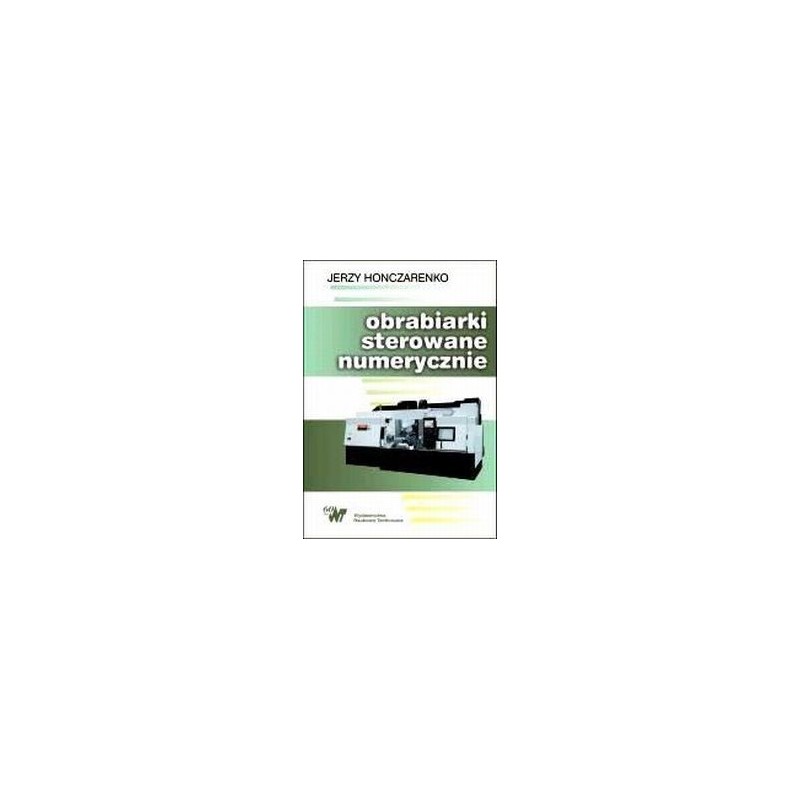- Out-of-Stock



About the book
Table of Contents
PART I BASIC NEWS No product available!
Plastic case for Raspberry Pi 4 minicomputer, transparent. It has a cut out RPi logo in the upper part of the case.
No product available!
No product available!
No product available!
No product available!
No product available!
No product available!
Evaluation kit with SiFive Freedom E310 microcontroller with RISC-V (ISA) architecture. It includes 32MB QSPI flash memory, NXP K22 ARM Cortex-M4 microcontroller for USB support and JTAG interface, Qwiic and USB Type-C connector. SparkFun DEV-15594
No product available!
Hardware extension adds 869.525 MHz radio communication capability to Open4, EvoPrimer and STM32 Primer2 platforms
No product available!
Assembled universal 5V power module. AVT1895 / 5 C
No product available!
No product available!
No product available!
Universal multimeter allows you to measure direct and alternating voltage, direct and alternating current, resistance, capacity, temperature. Equipped with diode tester, circuit continuity test, automatic circuit breaker. Uni-T UT151C
No product available!
No product available!
No product available!
No product available!

